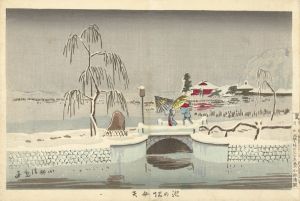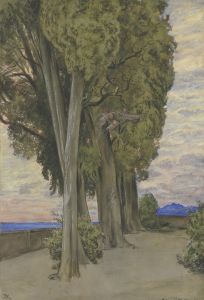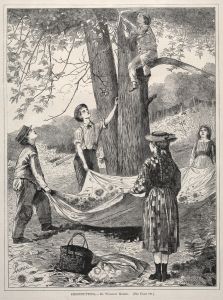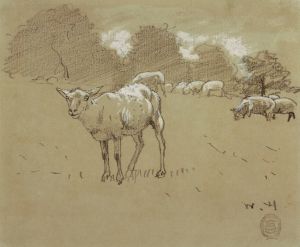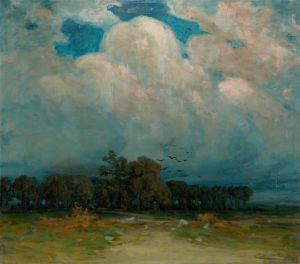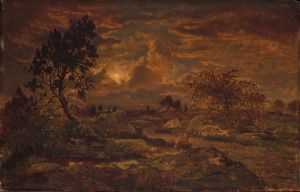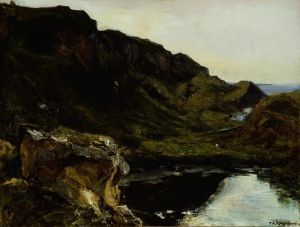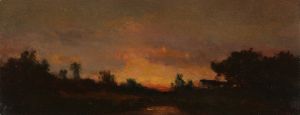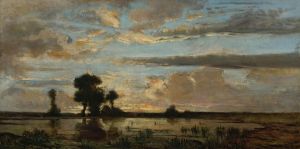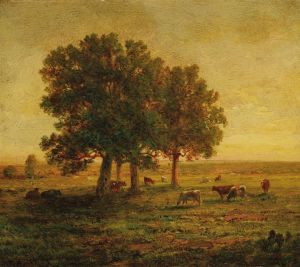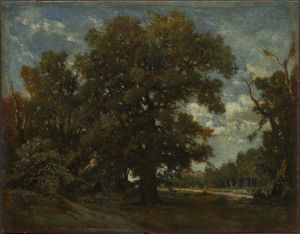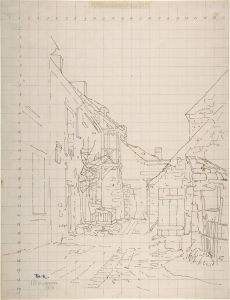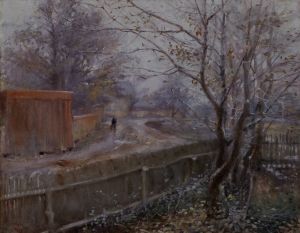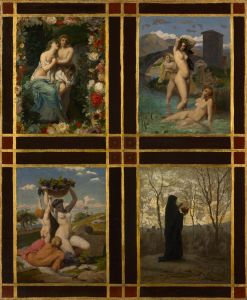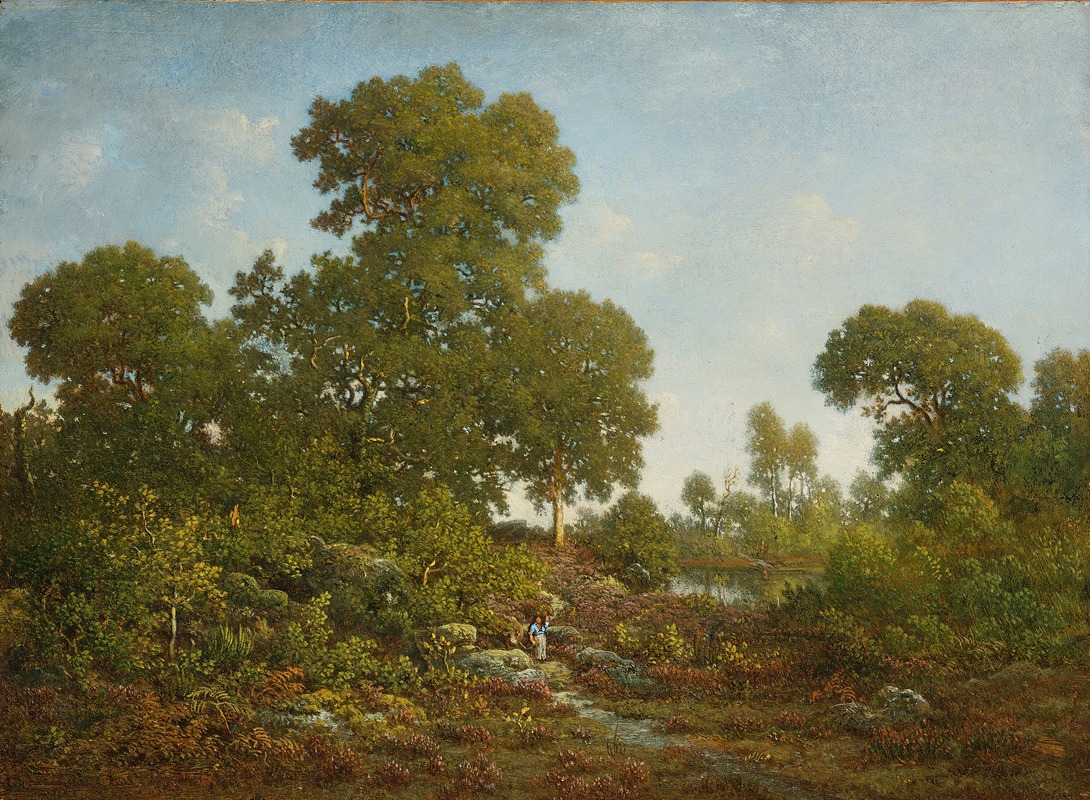
Springtime
A hand-painted replica of Théodore Rousseau’s masterpiece Springtime, meticulously crafted by professional artists to capture the true essence of the original. Each piece is created with museum-quality canvas and rare mineral pigments, carefully painted by experienced artists with delicate brushstrokes and rich, layered colors to perfectly recreate the texture of the original artwork. Unlike machine-printed reproductions, this hand-painted version brings the painting to life, infused with the artist’s emotions and skill in every stroke. Whether for personal collection or home decoration, it instantly elevates the artistic atmosphere of any space.
Théodore Rousseau's painting Springtime is a notable work by the French artist, who was a leading figure of the Barbizon School. This artistic movement, which emerged in the mid-19th century, was characterized by its focus on naturalistic landscapes and a departure from the idealized depictions of nature that were prevalent in earlier academic traditions. Rousseau and his contemporaries sought to capture the beauty and authenticity of rural France, often painting en plein air to observe and depict nature directly.
Springtime exemplifies Rousseau's dedication to portraying the changing moods and seasons of the natural world. The painting is celebrated for its detailed and atmospheric depiction of a pastoral scene, likely inspired by the countryside near the Forest of Fontainebleau, a region that Rousseau frequented and where he found much of his artistic inspiration. The work reflects his meticulous attention to light, texture, and the interplay of colors, which convey the freshness and vitality of spring.
Rousseau's landscapes often emphasized the harmony between humanity and nature, and Springtime is no exception. The painting includes elements such as trees, fields, and possibly small figures or structures that suggest human presence, though these are typically secondary to the grandeur of the natural environment. His use of earthy tones and soft brushwork creates a sense of tranquility and reverence for the landscape.
Théodore Rousseau's contributions to landscape painting were highly influential, and his works, including Springtime, helped pave the way for later developments in naturalistic and Impressionist art. Today, Springtime is regarded as an important example of his oeuvre, showcasing his skill in capturing the essence of the natural world with both technical precision and emotional depth.
Further details about the specific provenance, current location, or exact date of creation for Springtime are not widely documented, but the painting remains a testament to Rousseau's legacy as a master of 19th-century landscape art.





